Indulging in the world’s luxurious foods is an experience that many of us can only dream about. From heady truffles to succulent lobster, these culinary delights can be delicious, sure, but they also come at price. Back in 2007, for instance, a 1.5kg white alba truffle sold for a whopping £160’000 at auction. Considering the way inflation has been going, we dread to think how much that fist-sized fungus would have fetched in 2023 terms.
In some cases, the world’s most expensive ingredients are also some of the most controversial, which only adds to their price tag; the preserve of the super-rich and the supremely unethical. Which, when you think about it, is quite often the same thing…
Anyway, we’re here with some good news; you don’t need to break the bank to enjoy a taste of luxury at home. Today, we’re exploring 11 of the world’s most luxurious foods and offer suggestions on how to recreate them at home using more affordable alternatives. A world of culinary discovery awaits, so let’s dive in…
Foie Gras
Foie gras is a French delicacy made from the fattened liver of ducks or geese. Cruel reputation aside, it’s known for its rich, buttery flavour. It’s also known for being rather pricey, commanding around £140 for a kg.
An affordable alternative is to use duck liver, which has a similar texture and taste. Try making a duck liver pâté or mousse to enjoy the essence of foie gras without the hefty price tag. Although you can’t really pan sear a piece of duck pate the same way you can some foie gras, spread across some bread it makes for a great substitute.
If the ethics of this revered ingredient are more your concern, then consider so-called ‘ethical’ foie gras, which sees geese dining naturally on acorns and olives rather than being force fed. Yours for just €200 per 180g jar.
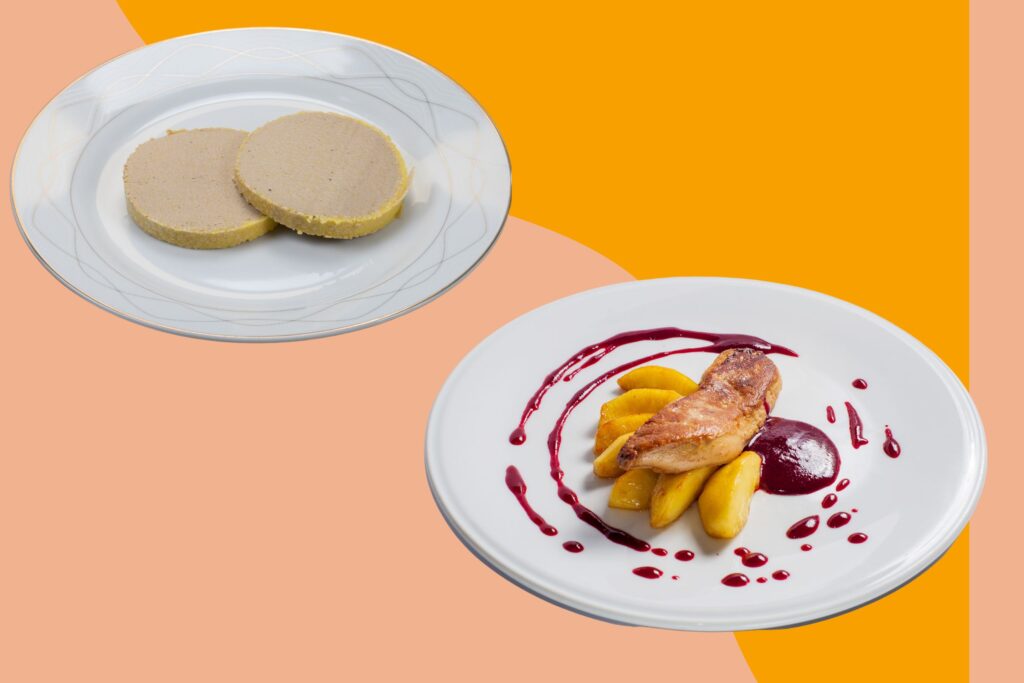
Truffles
These rare fungi are prized for their unique, earthy flavor, and are often served finely grated or thinly sliced over pasta, risotto or protein. While black and white truffles can cost thousands of pounds per kilogram, you can still capture something of their essence by using mushrooms like porcini or shiitake. Incorporate them into pasta dishes, risottos, or sauces for a hint of truffle-like taste.
Just stay well away from ‘truffle’ oil, which is usually just oil infused with a single, synthetically produced aromatic compound found in truffles; 2,4-dithiapentane. The results often, quite frankly, end up tasting rather like petrol since the compound used is derived from petroleum products.
Yep, truffle oil is a scam, with Gordon Ramsay once telling a competitor on the US version of MasterChef that it’s “one of the most pungent, ridiculous ingredients ever known to chef.” Using the oil is “a sure sign of someone who doesn’t know what they’re doing,” said the legendary food critic Jonathan Gold on the same episode, who even goes as far to recommend staying away from restaurants that list truffle oil on their menu.

Gold Leaf
Gold leaf is an edible decoration often used to add a touch of luxury (though no discernible taste or nutritional benefit!) to desserts and cocktails.
As with many of the other delicacies on our list, it’s the hard work and expertise involved in harvesting the ingredient that make it so exclusive. Here, a goldbeater literally beats gold and creates gold leaf or gold flakes.
It’s important to note this is a skill. Simply hammering isn’t enough, a goldbeater needs control and precision to get the gold as thin as possible and keep the surface at an even depth. The best goldbeater’s today, such as the esteemed Manetti Goldbeater, still use traditional techniques. The result is gold leaf or, if it’s cut into small pieces, gold flakes.
While it’s relatively affordable compared to other luxury ingredients, you can also use alternatives like edible glitter or luster dust to achieve a similar effect.
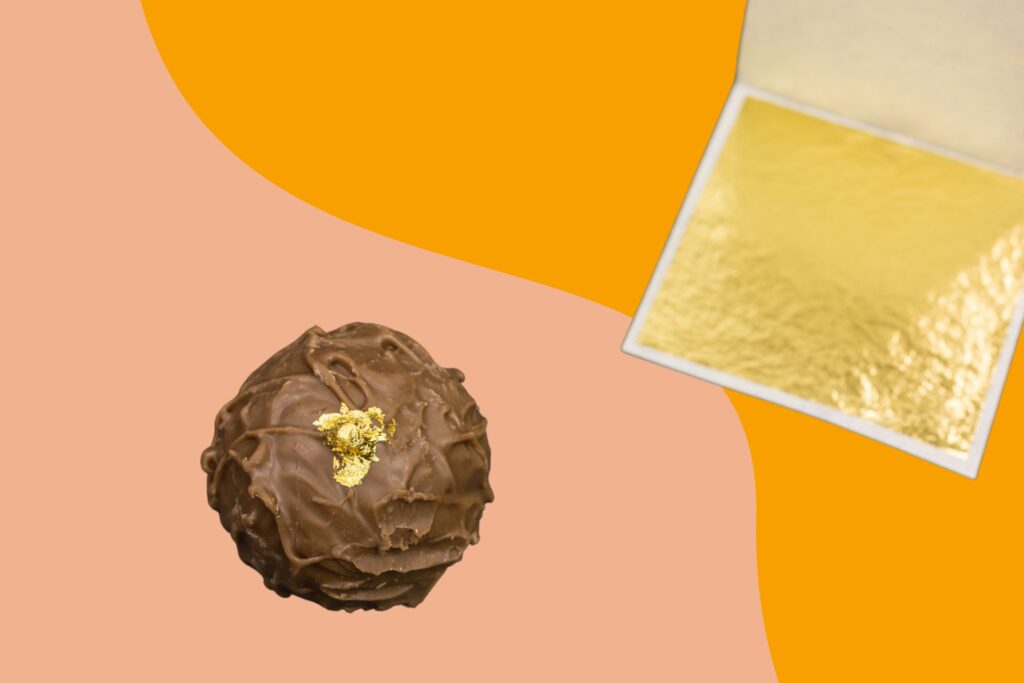
Caviar
Caviar is a luxurious treat often associated with opulence and fine dining, the most revered of which usually comes from the eggs of the rare female albino sturgeon (Almas caviar), or from the Beluga whale.
If you’re looking for a more budget-friendly option, try using lumpfish roe or herring roe instead. These alternatives offer a similar texture and that all important pop of briny flavor, but at a fraction of the cost.
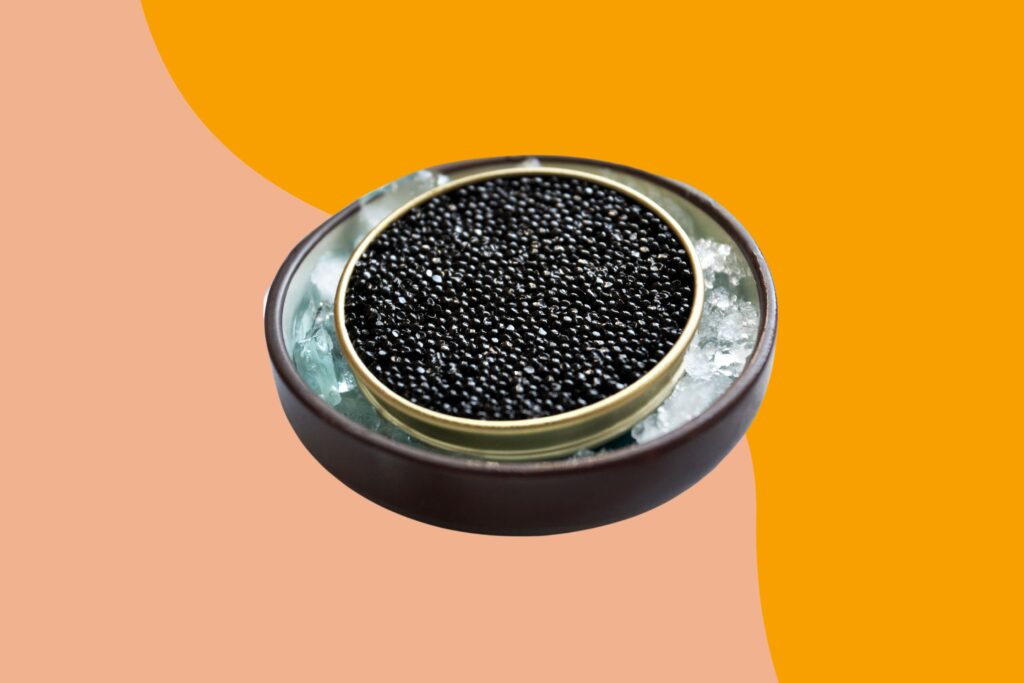
Saffron
Saffron is the world’s most expensive spice, derived from the crocus flower. Its delicate, majestic flavour and the vibrant hue it lends to dishes make it a sought-after ingredient. The fact it can only be harvested by hand over the course of an especially manic two weeks a year only adds to its revered status.
For a more wallet-friendly option, consider using turmeric or paprika to achieve a similar colour and faintly metallic taste in your dishes. In fact, some unscrupulous spice merchants may add a pinch (or several) of turmeric to adulterate genuine saffron.

Wagyu Beef
Wagyu beef is known for its intense marbling and melt-in-your-mouth texture, which is often compared rather lazily to ‘butter’. While it can be quite expensive (the most premium A5 steaks can top £100 in London’s best steak restaurants), you can still enjoy the richness of this Japanese delicacy by opting instead for a well-marbled cut of beef like ribeye or New York strip.
Enhance the flavour with a simple marinade of crushed white pepper, garlic and dark soy sauce to mimic the luxurious, complex taste of Wagyu.
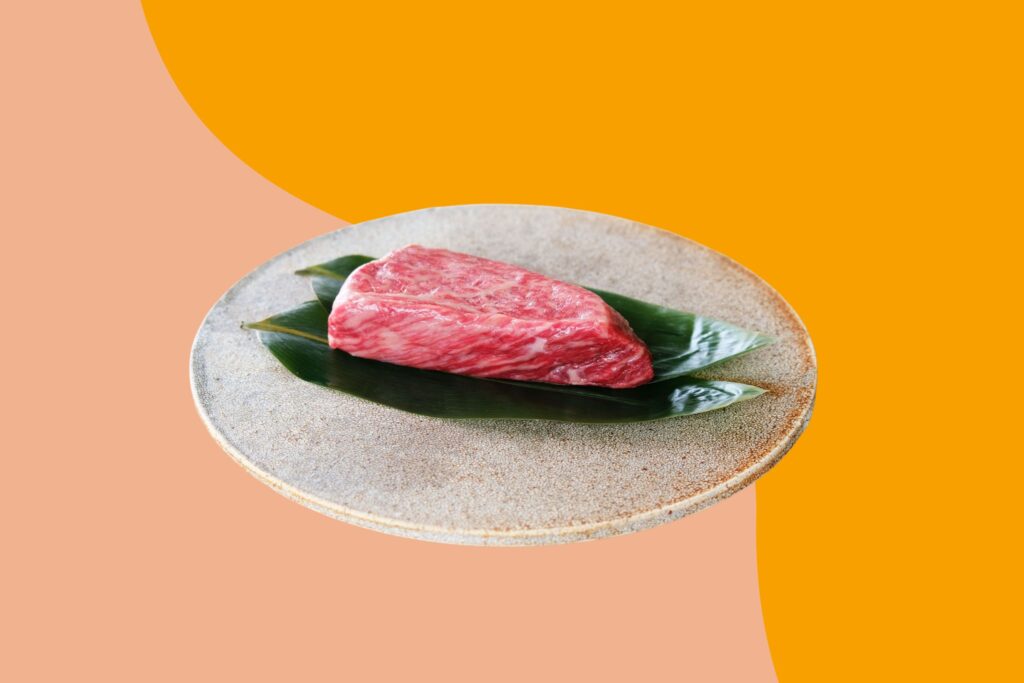
Lobster
Lobster is a seafood favourite that can be famously costly, its former status as food for prisoners now firmly in the past.
For a more budget-friendly option, try using prawns or, even better, monkfish in your recipes. Both offer a similarly sweet, saline taste and unmistakably bouncy texture, and can be used in a variety of dishes like pasta, risotto, or even lobster roll-inspired sandwiches.

Oysters
Oysters are one of the world’s most renowned luxury foods, known for their briny taste and apparent aphrodisiac properties. To save on costs (and unwanted pregnancies!) consider trying clams or mussels instead. These shellfish offer a similar taste and can be prepared in a variety of similar ways, from steaming to baking.
Clams and mussels can also be enjoyed raw the second they’ve been shucked, though do make sure your product is super fresh if you intend on doing so.
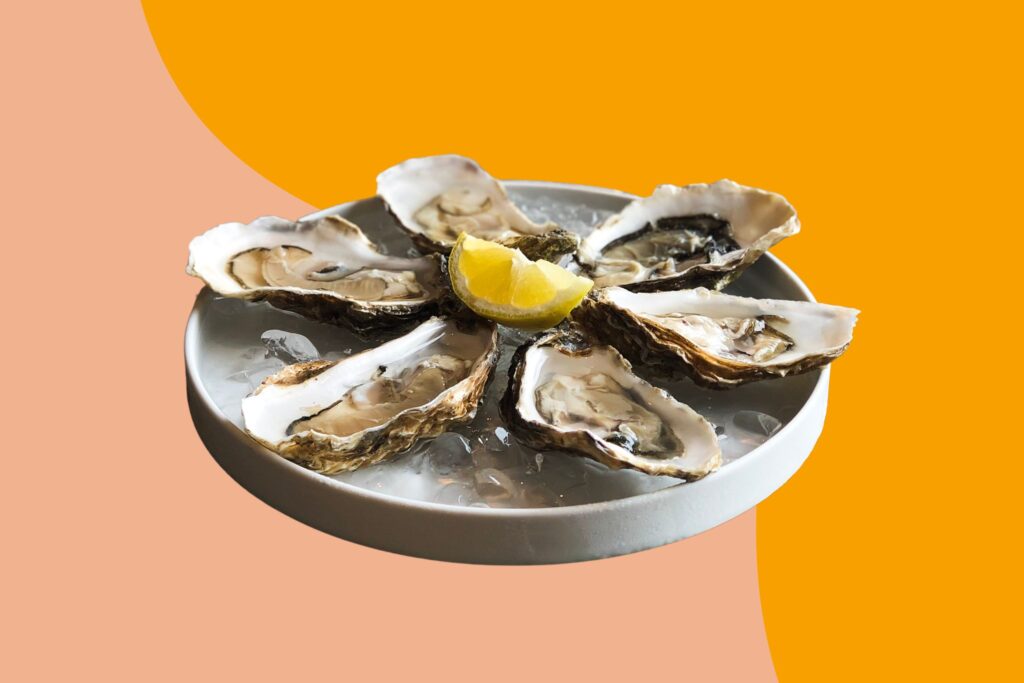
Jamón Ibérico
Jamón Ibérico is a prized Spanish ham made from acorn-fed pigs. Its rich, nutty, totally unique flavour can be quite expensive, particularly when served as gossamer thin slices in top tapas bars. An alternative is to use prosciutto or serrano ham, which can be found at a more affordable price and still deliver a delicious taste.
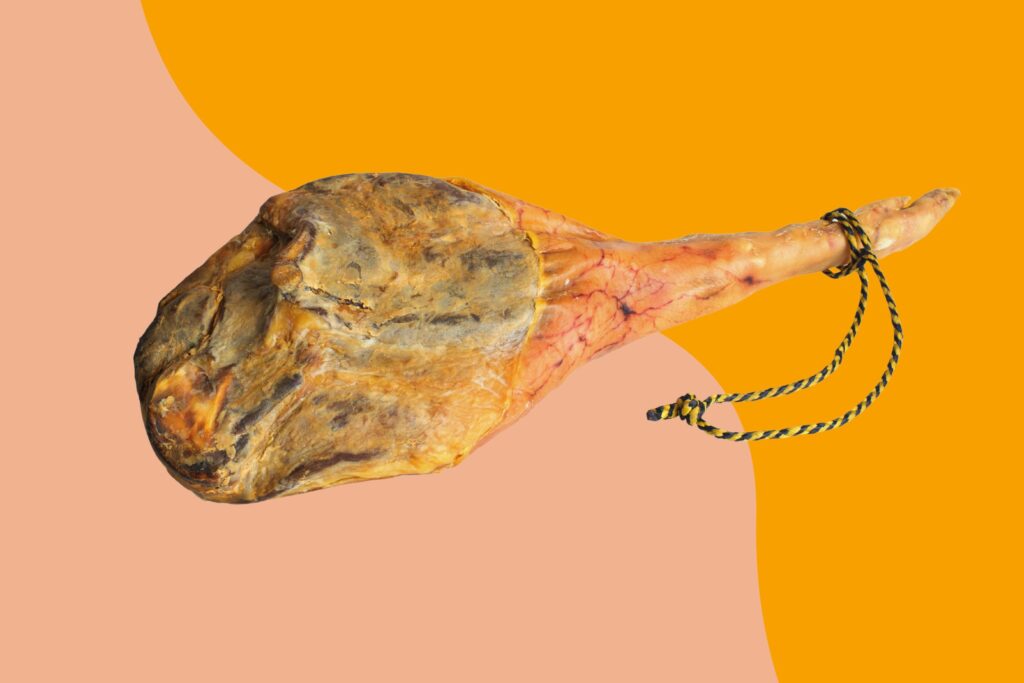
Wild Abalone
Abalone, a marine snail with a delicate flavour and tender texture, clocks in at around £450 per kg. It’s also a time-consuming ingredient to eat, requiring a dexterous hand and a forceful slurp. And repeat…
A more affordable option – relatively – is to use scallops, which have a similar taste and texture when cooked properly.
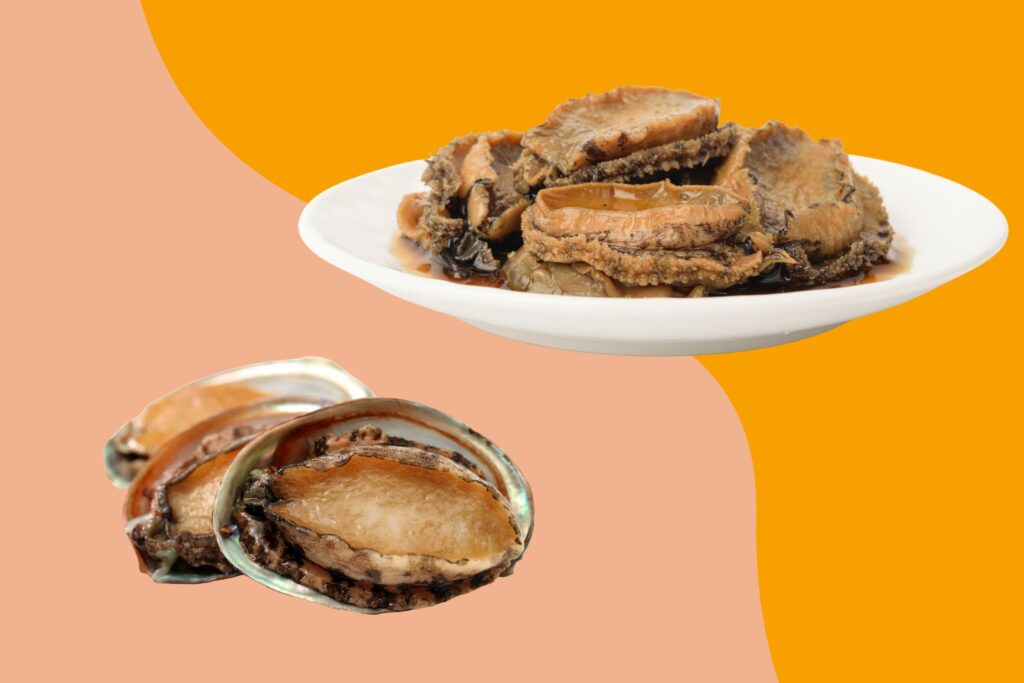
Vanilla Beans
Vanilla beans are a luxurious ingredient often used in high-end desserts. To enjoy the rich flavour of vanilla without the expense, use high-quality pure vanilla extract or vanilla bean paste in your recipes. Or, even better, try out complex tonka beans, which are so intoxicating that the shavings of a single bean can stretch to upwards of 50 servings. Talk about being economical!
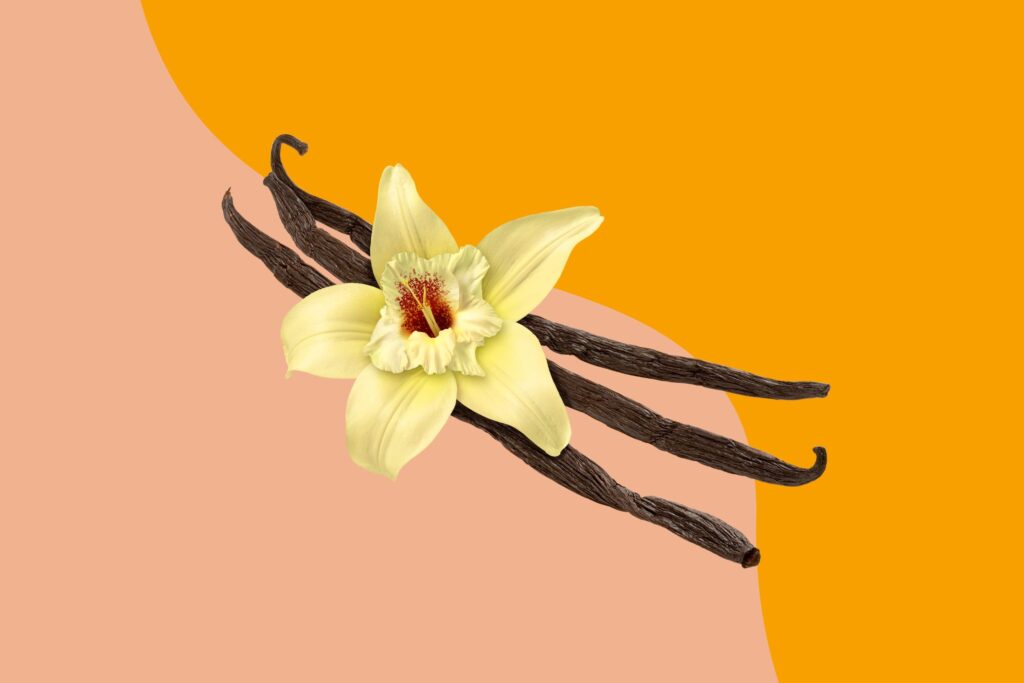
The Bottom Line
Luxury foods don’t have to be reserved for special occasions or exclusive restaurants. With a little creativity and the right substitutions, you can recreate these indulgent dishes at home without breaking the bank. So go ahead and treat yourself to a taste of luxury in the comfort of your own kitchen.




